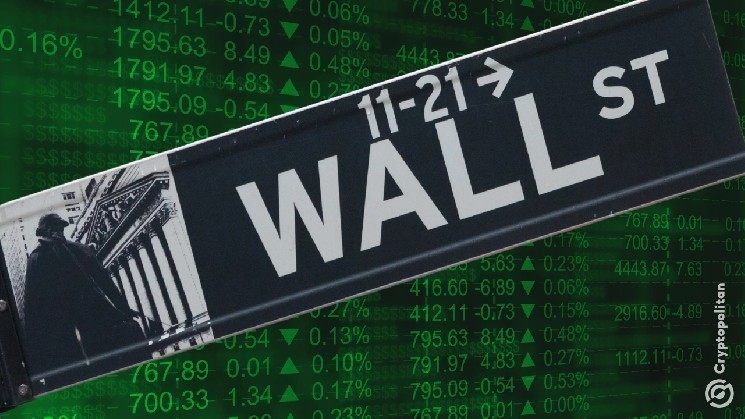Tuesday, Wall Street went up as investors thought about the chance of tariff relief for the auto industry. This comes after Trump hinted at potential exemptions for the 25% tariffs imposed on imports on Monday.
Trump said, “I’m looking at something to help some of the car companies, where they’re switching to parts that were made in Canada, Mexico, and other places, and they need a little bit of time because they’re going to make them here.”
He added, “They need a little bit of time, so I’m talking about things like that.” As a result, General Motors (GM), Stellantis (STLA), and Ford (F) all saw their stock prices rise by more than 3%.
The excitement spilled over to today, where the Dow Jones Industrial Average went up 0.18%, the S&P 500 went up 0.24%, and the Nasdaq Composite went up 0.21%. Most of the gains were in the financial sector, which went up 0.9% thanks to gains of 4% and 1.7% in Bank of America and Citigroup, respectively, after the banks reported higher quarterly profits.
Volatility in stock and bond markets remains high.
In this season of tariffs, sharp drops and ups happen in a matter of hours, if not minutes. For instance, Ford saw a downturn of 2.47%, General Motors was down by 1.71%, and Stellantis was down by 0.27%.
“We believe ‘peak fear’ is likely past us … however, given volatility across stock and bond markets remains elevated, we remain defensively positioned as markets continue to be highly sensitive to incoming news flow on tariffs,” said analysts at Wolfe Research.
Market analysts think that markets will stay unstable until we know more about taxes. This year, the S&P 500 has dropped more than 8%, and a survey by BofA showed that foreign buyers have sold off a lot of US stocks in the last two months.
“With all the uncertainty and all the moving parts that we have right now, it is not really in corporate management’s best interest to do anything other than be cautious or provide no guidance at all, which is probably more likely,” said Mark Hackett, chief market strategist at Nationwide
However, other factors also play a stabilizing role in the market. For instance, Johnson & Johnson’s shares went up after the company beat Wall Street expectations for first-quarter sales and profit. They went up after the market opened.
On the other hand, Boeing (BA.N) dropped 1.3% after reports emerged that China had told airlines in the country not to take any more deliveries of the company’s jets.
Tariffs on pharmaceuticals and semiconductors restrain the stock rally
Signs of new tariffs on pharmaceutical and semiconductor imports restrained optimism. However, documents filed with the Federal Register showed that the Trump administration was also looking into imports of pharmaceuticals and semiconductors to put tariffs on those industries.
The filings set a deadline of 21 days from that date for public comment on the problem. They also show that the administration plans to proceed with the levies as allowed by Section 232 of the Trade Expansion Act of 1962. Section 232 investigations like these must be finished within 270 days of being announced.
The pharmaceutical industry has said that tariffs could make shortages more likely and make it harder for patients to get the needed drugs. On the other hand, chips have been the latest tit-for-tat between the world’s two biggest economies.
Read the full article here










